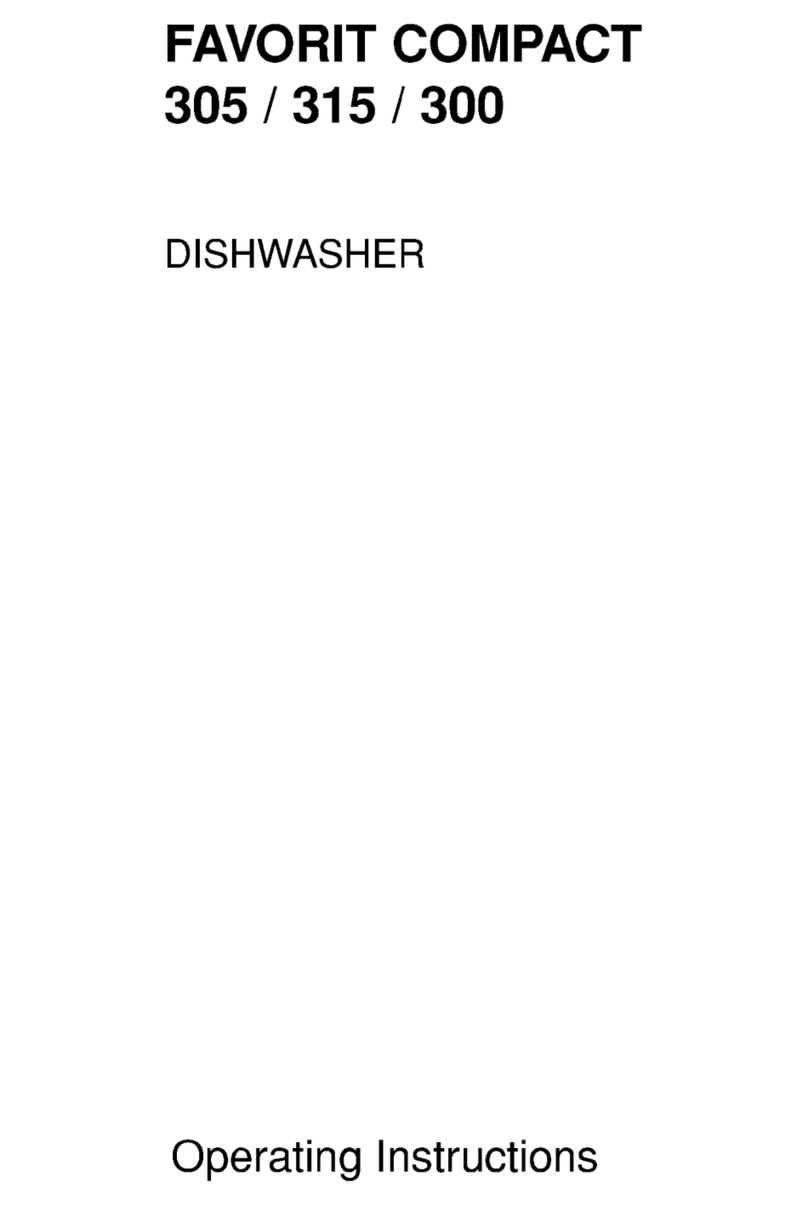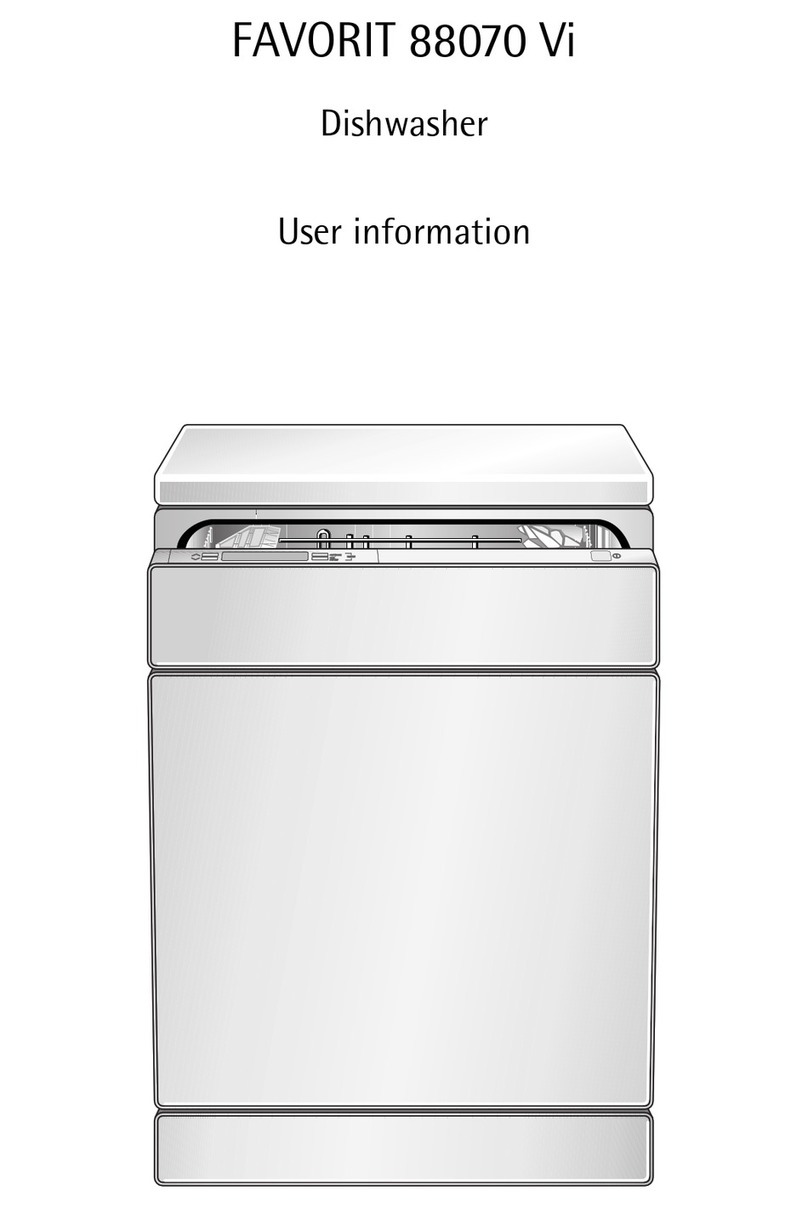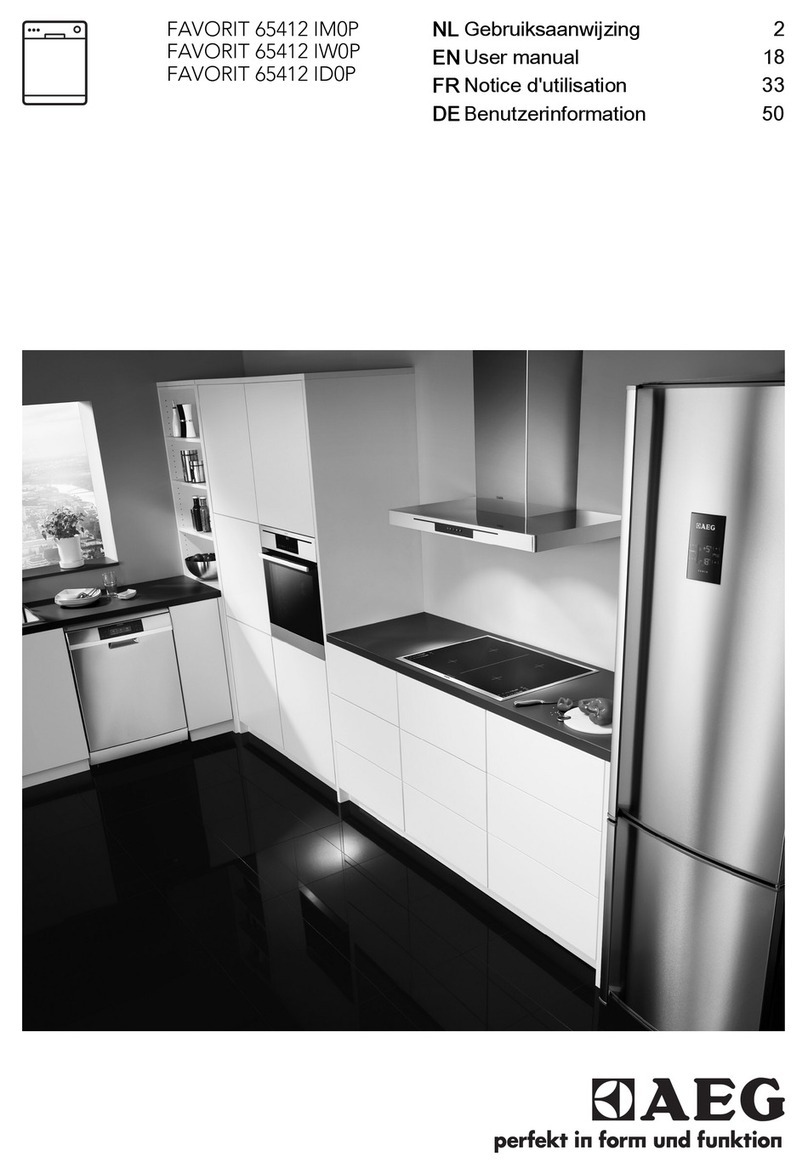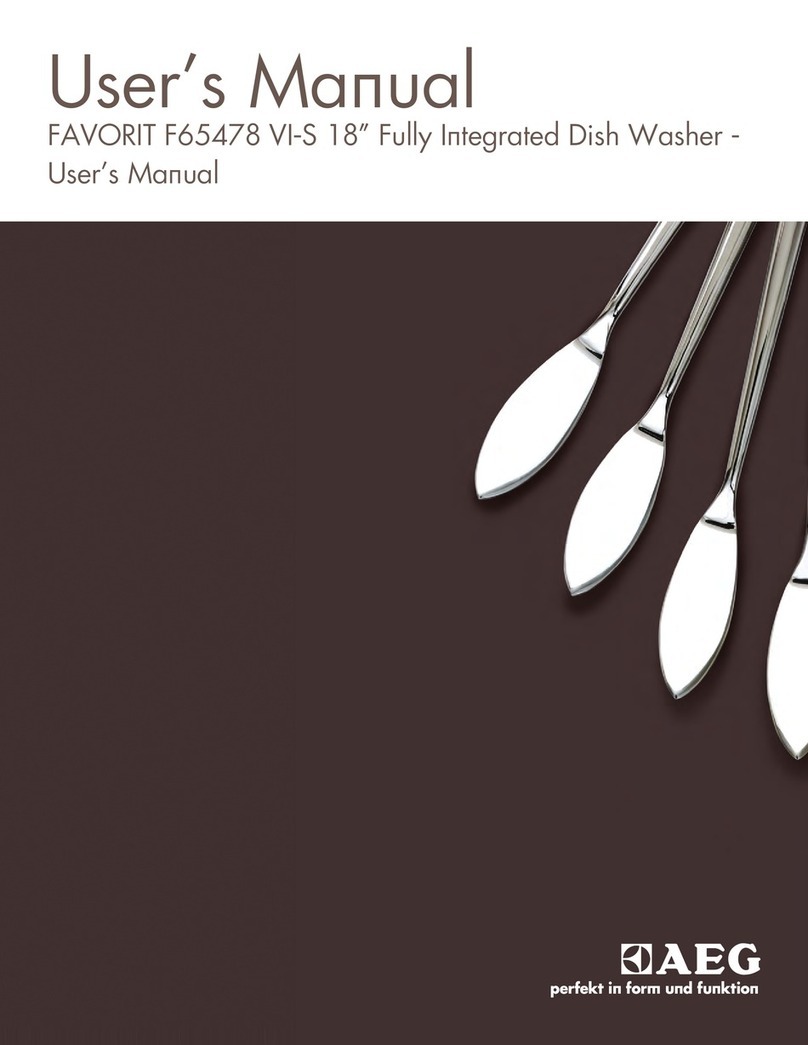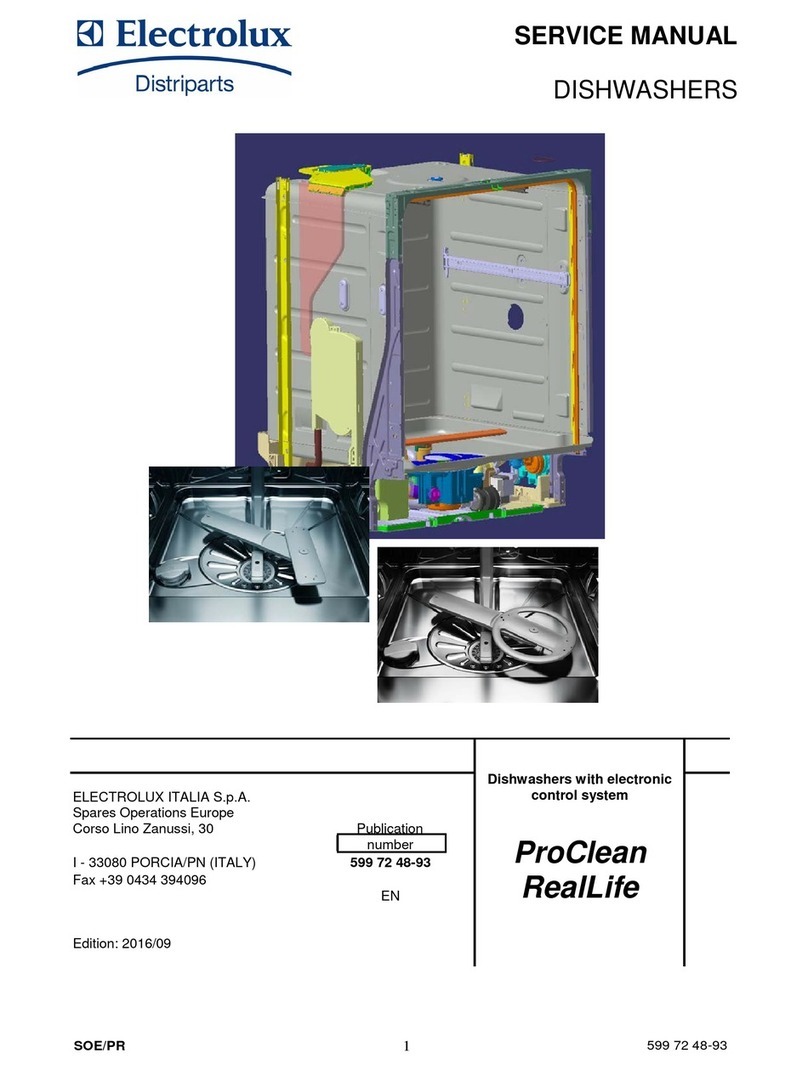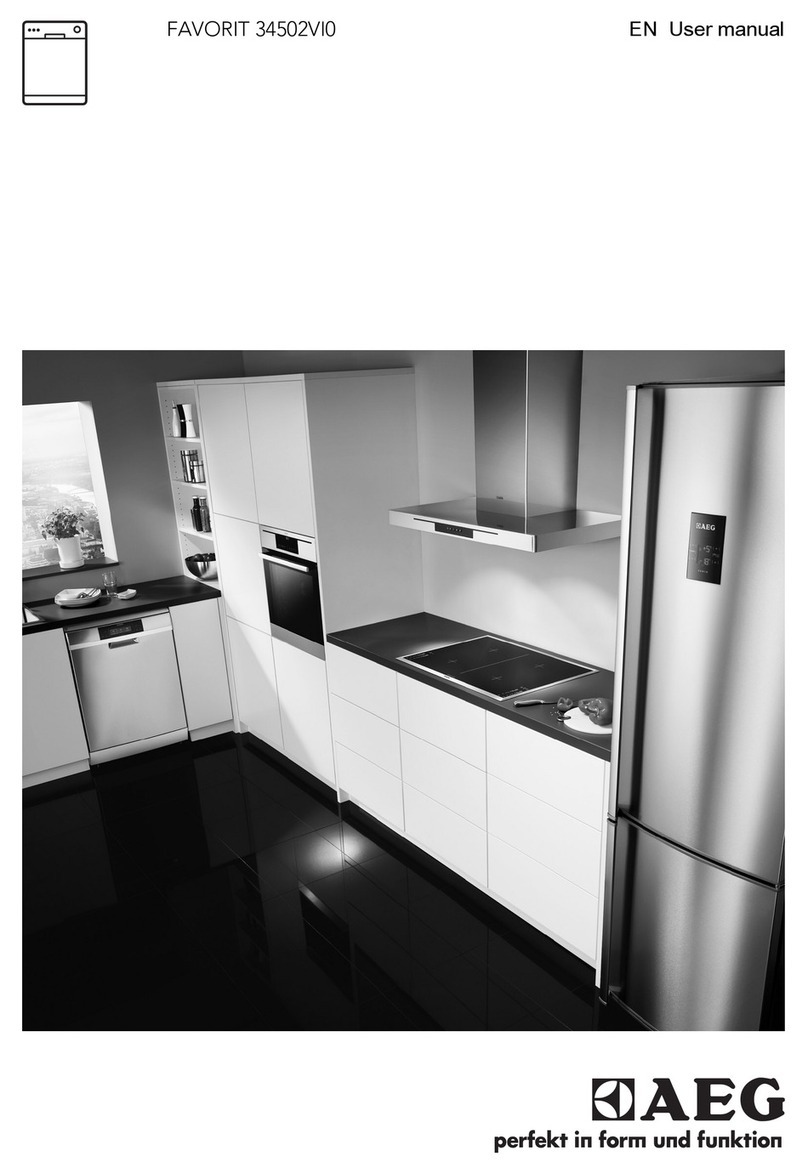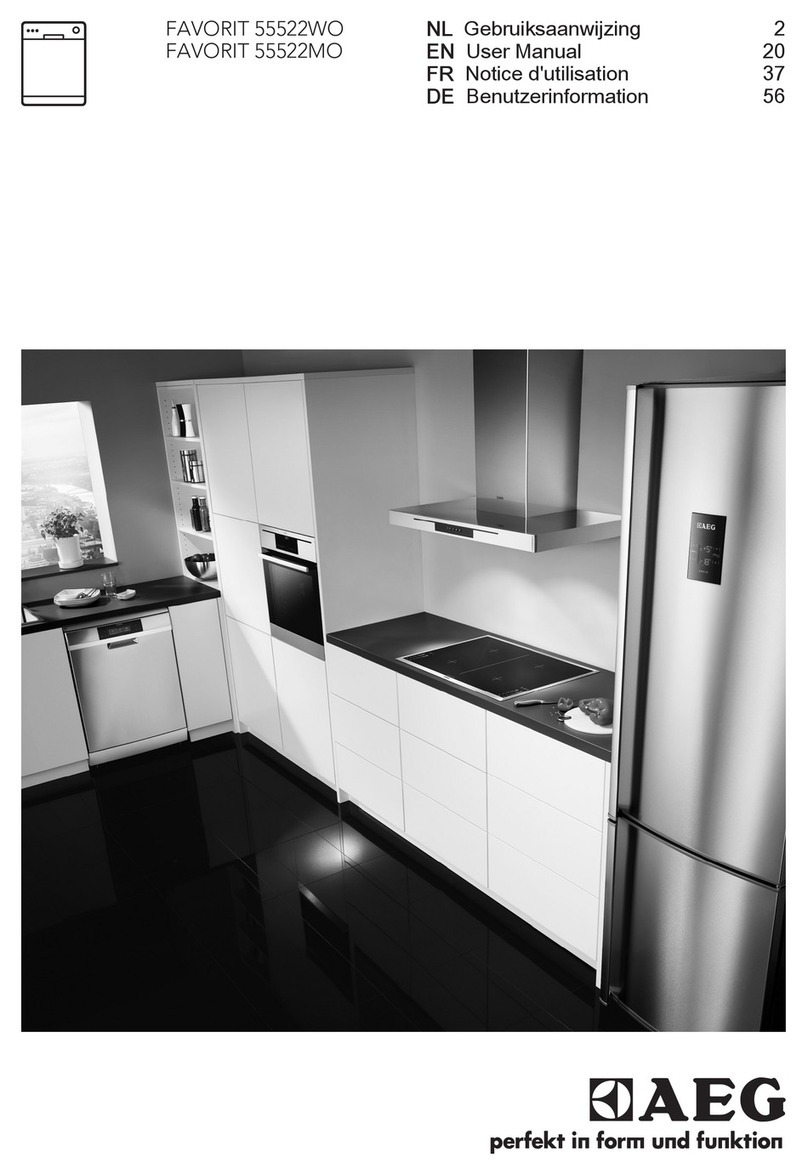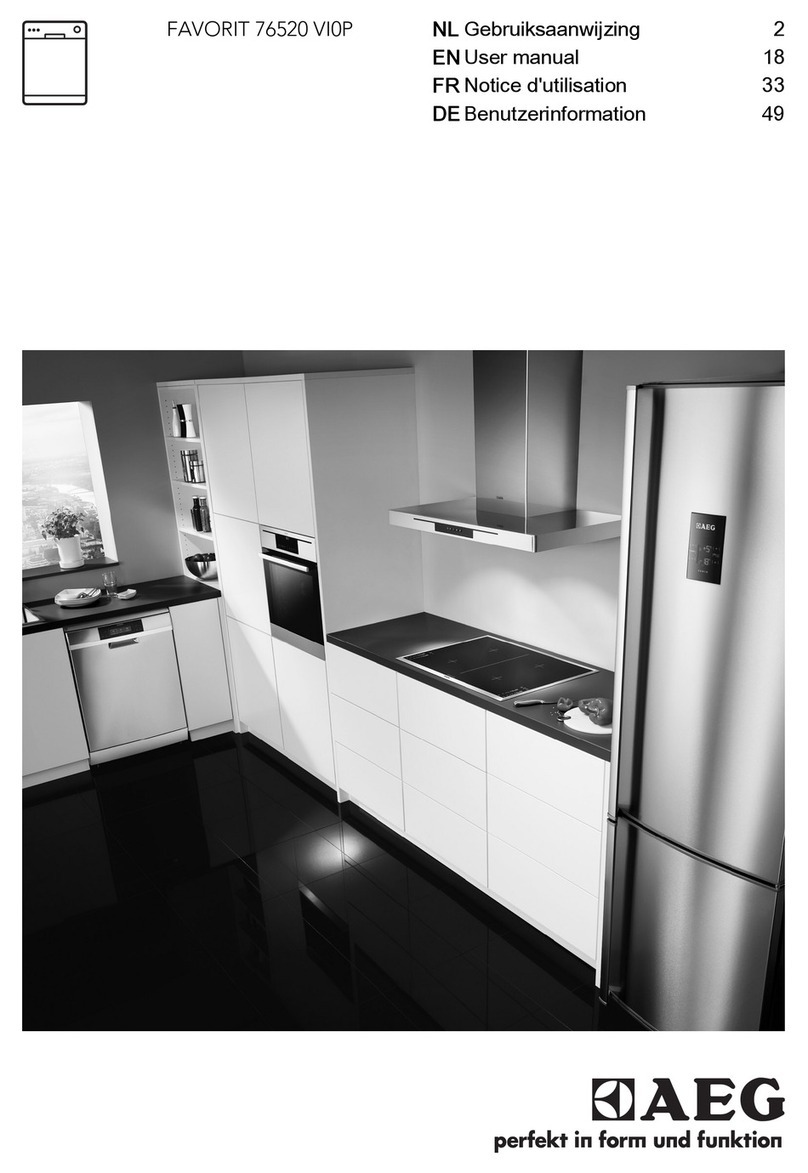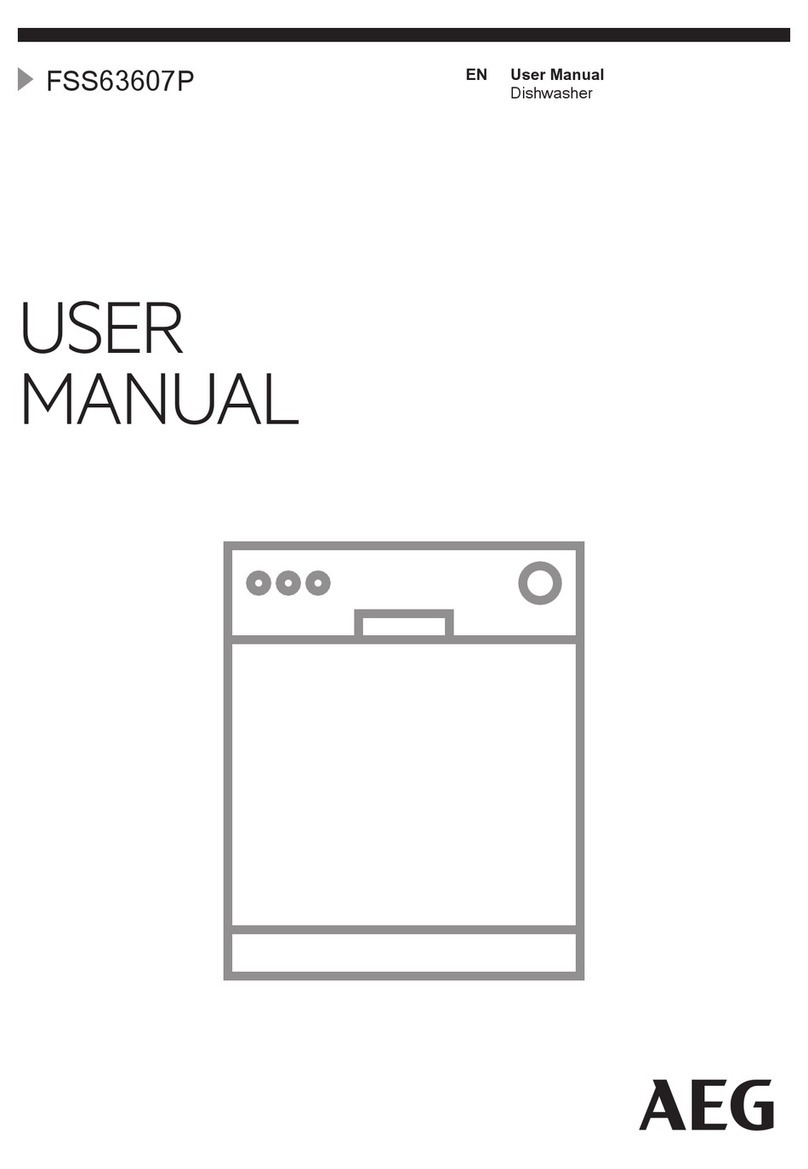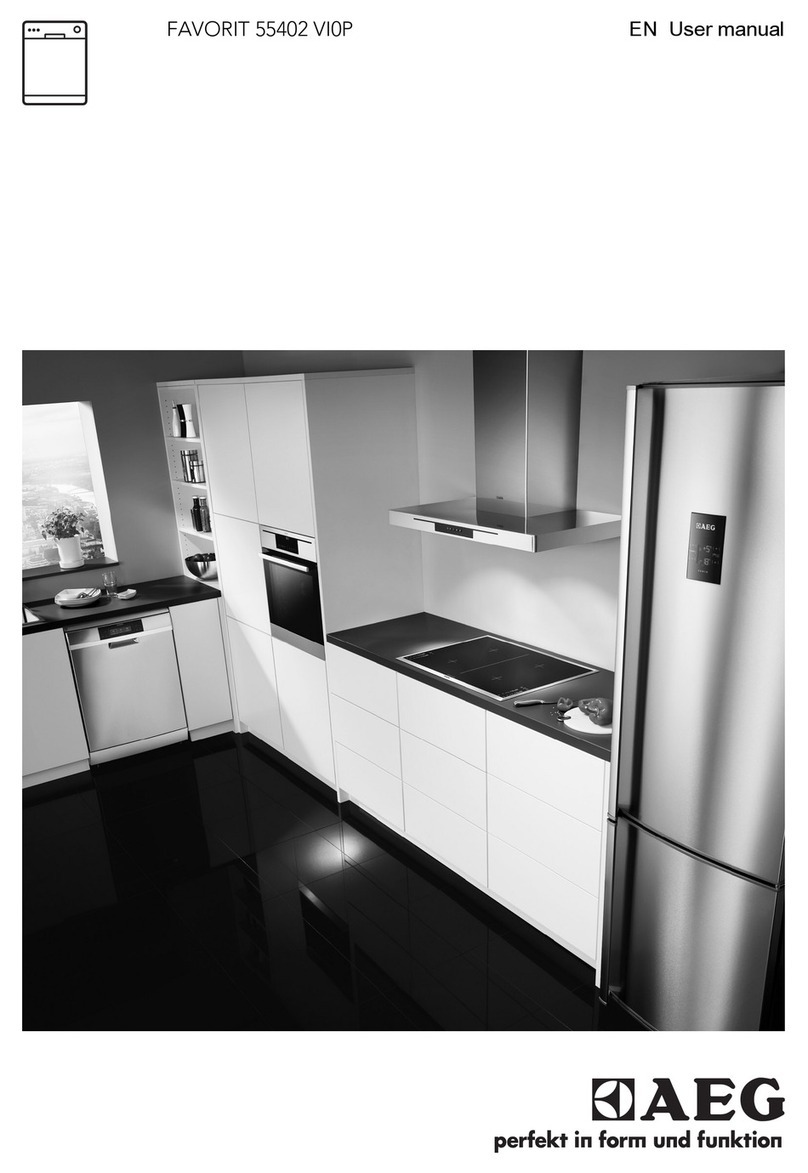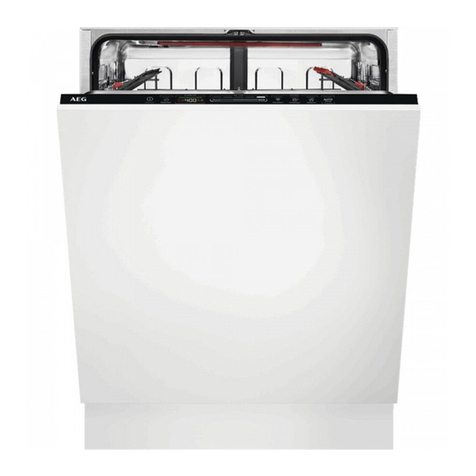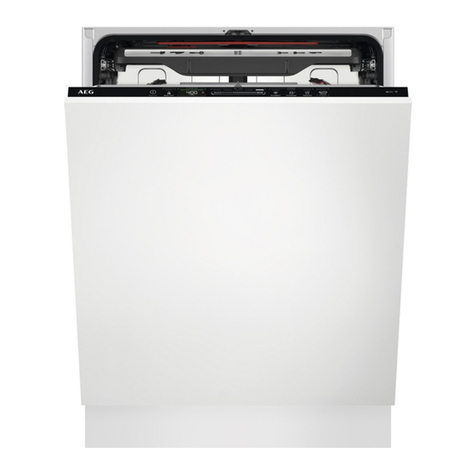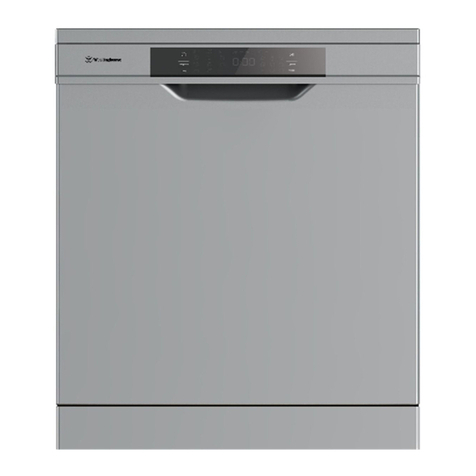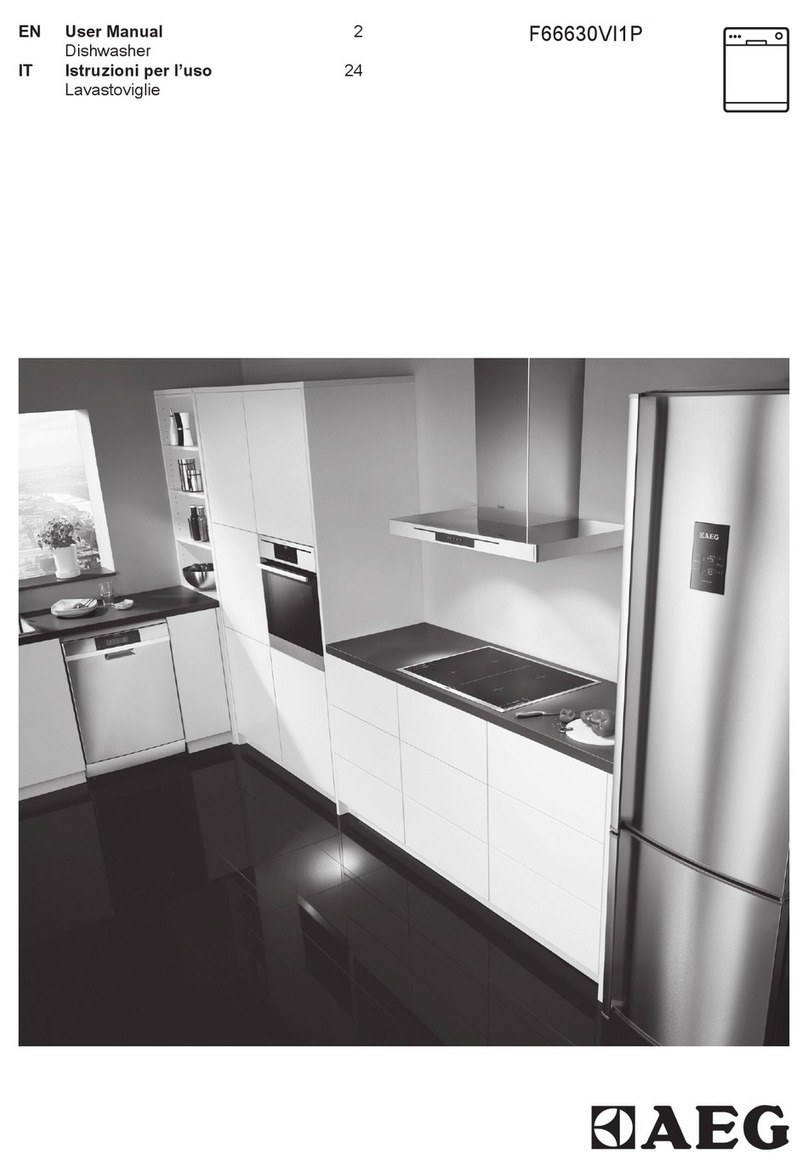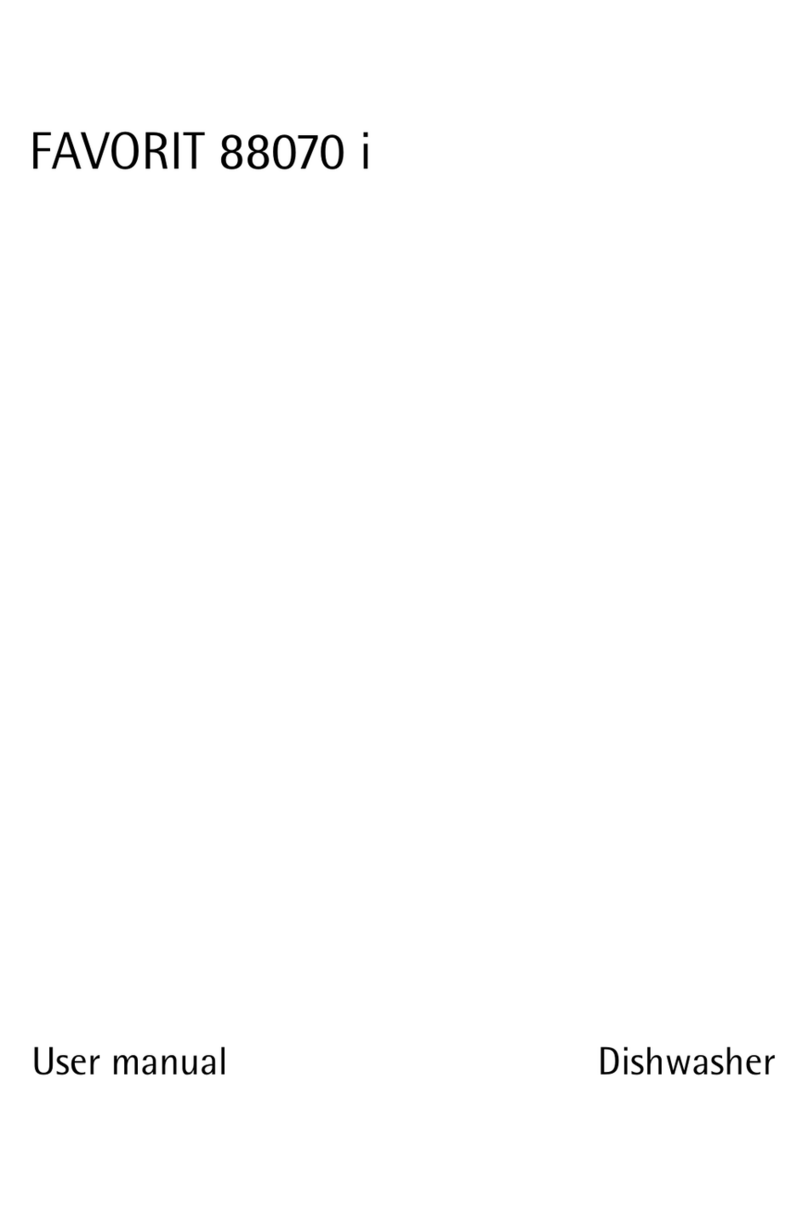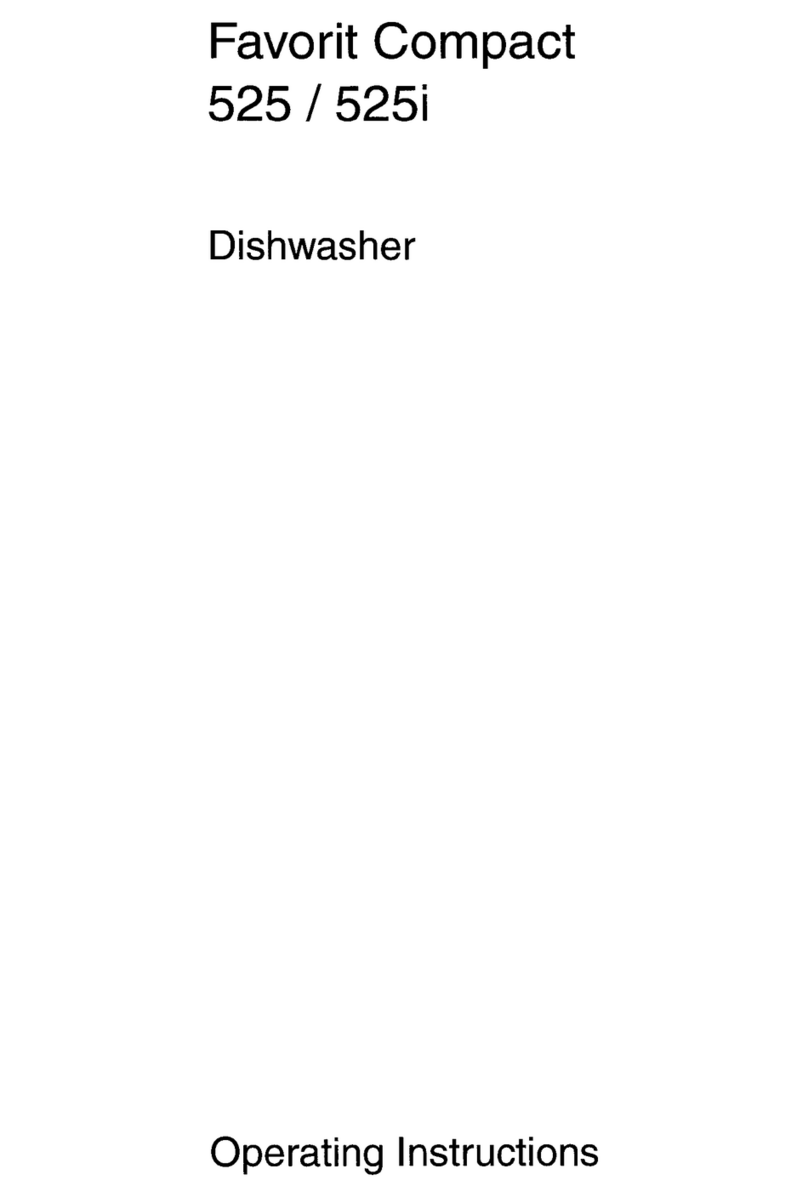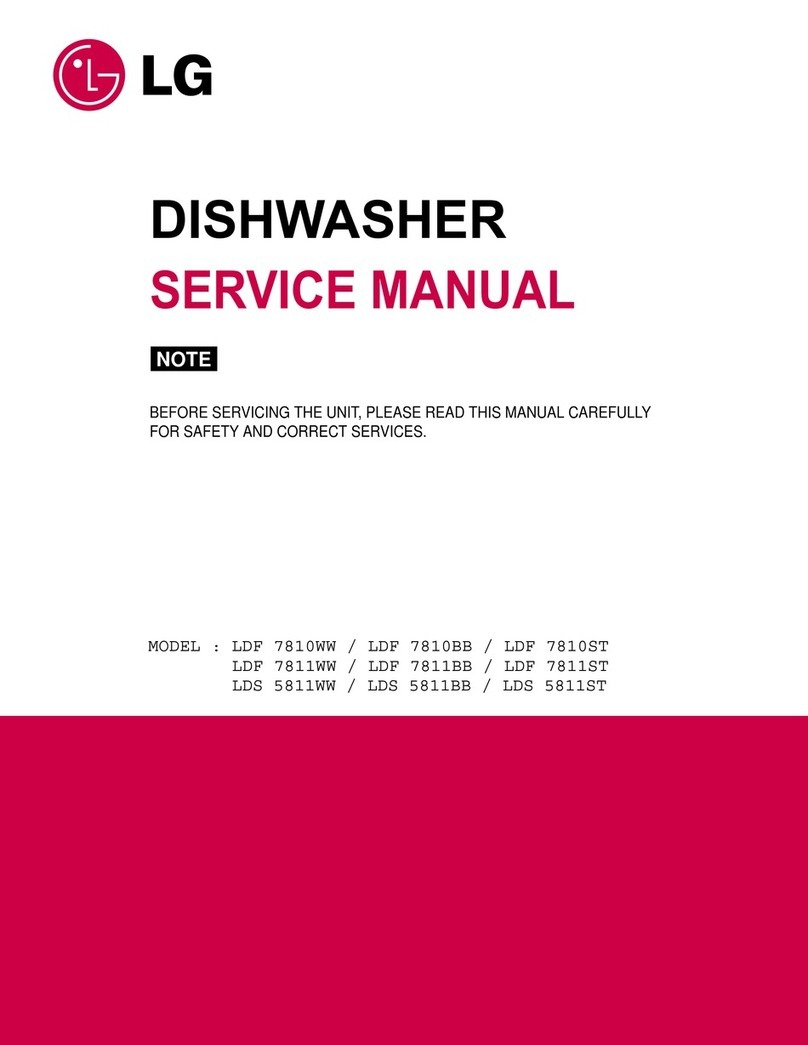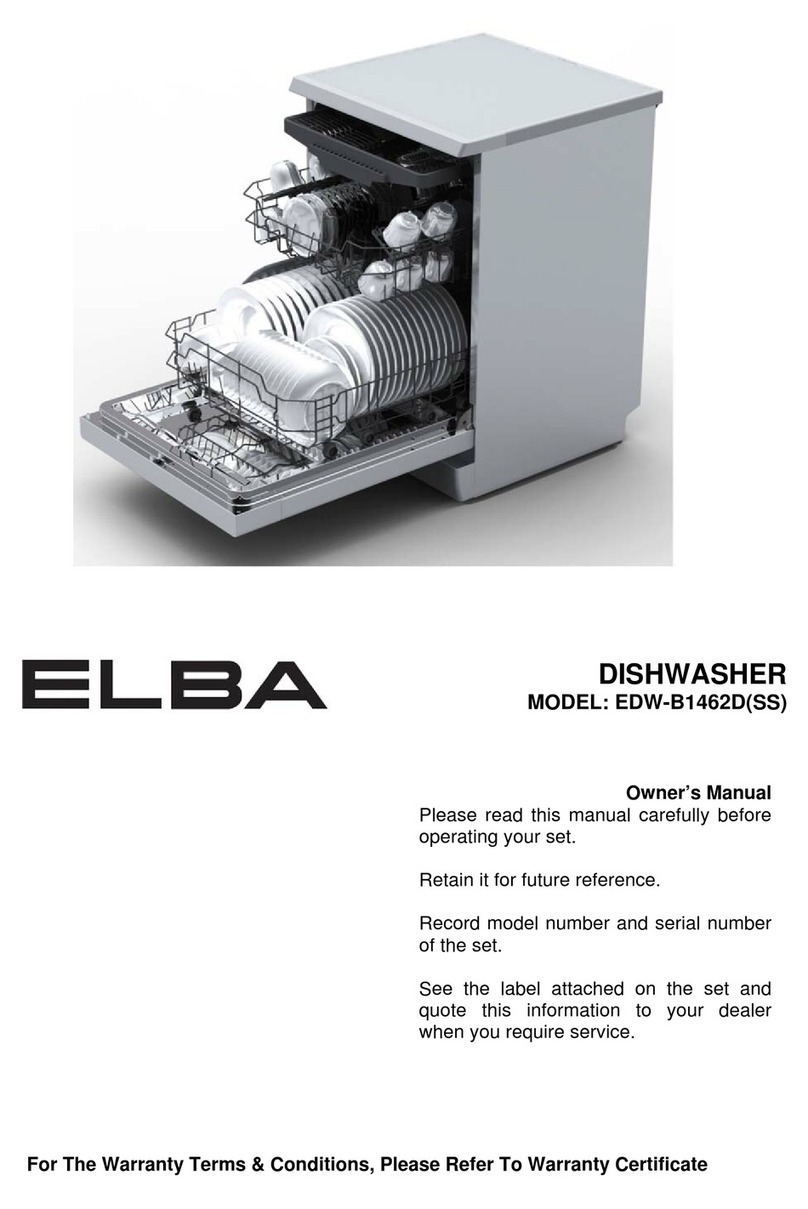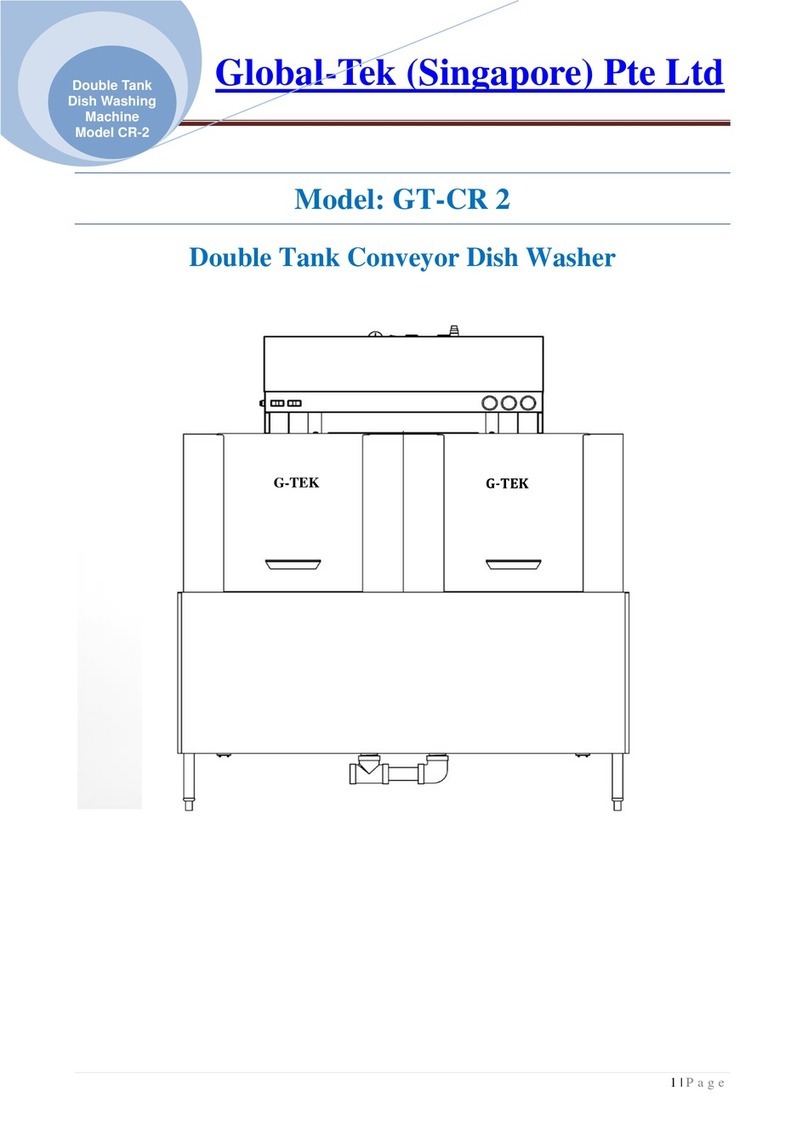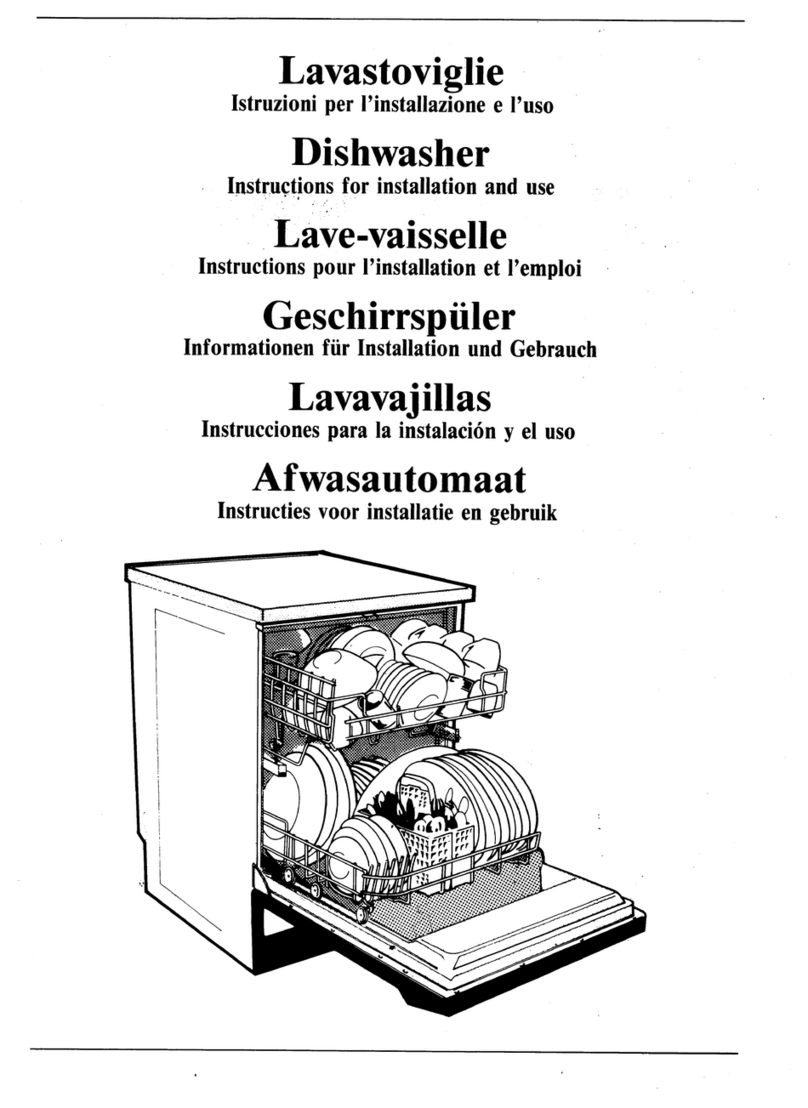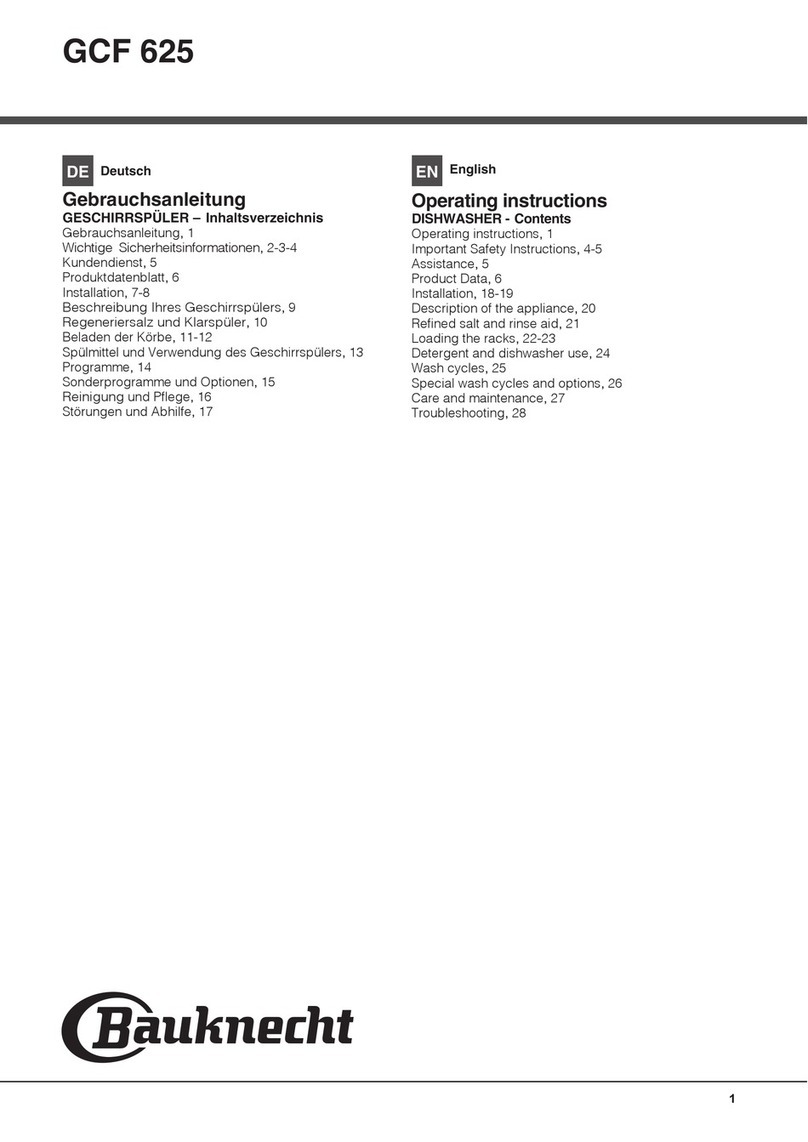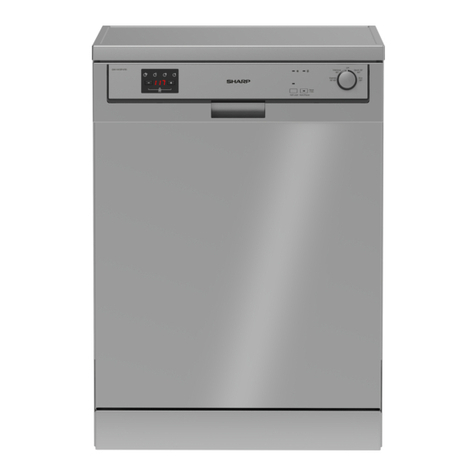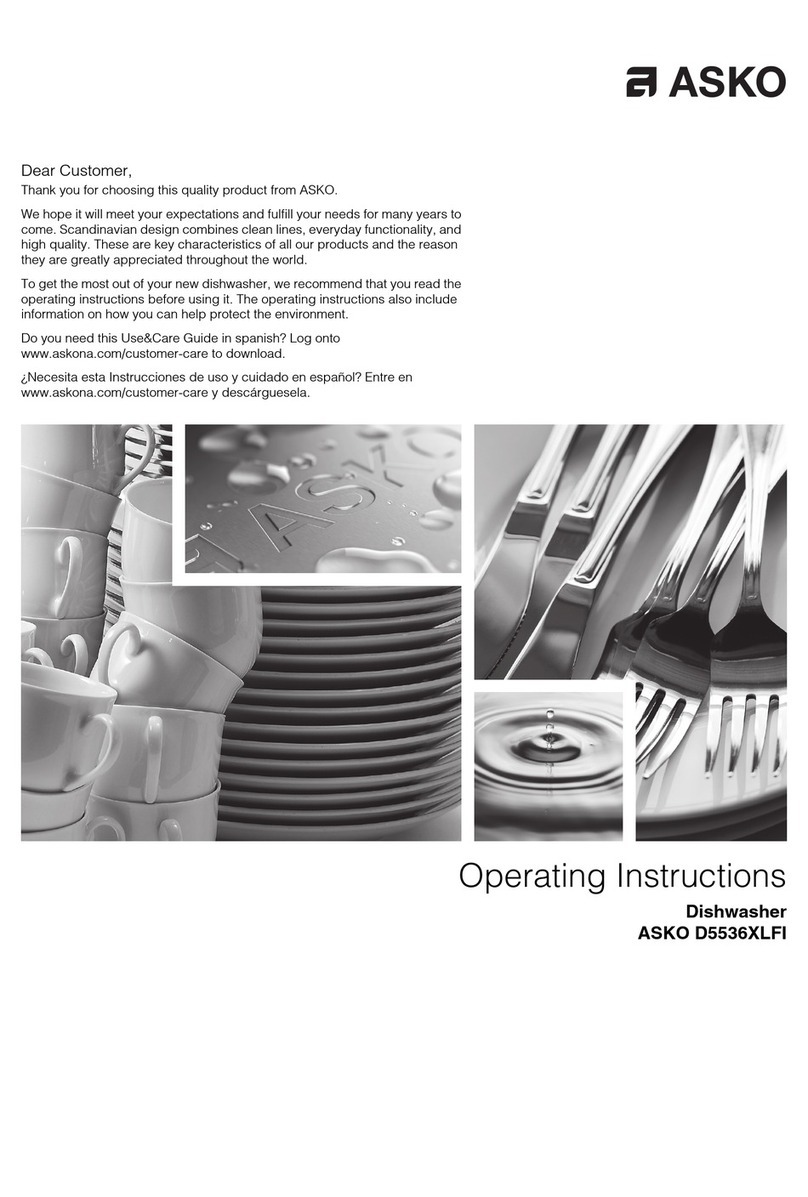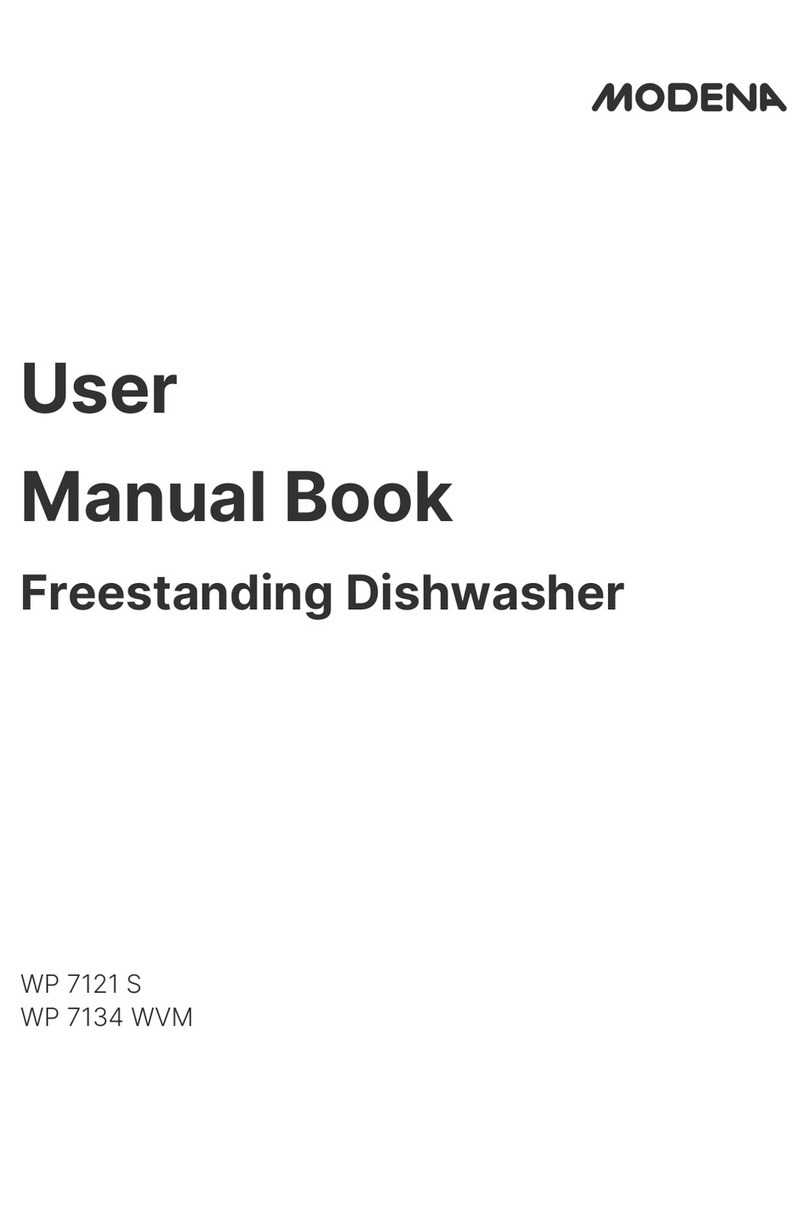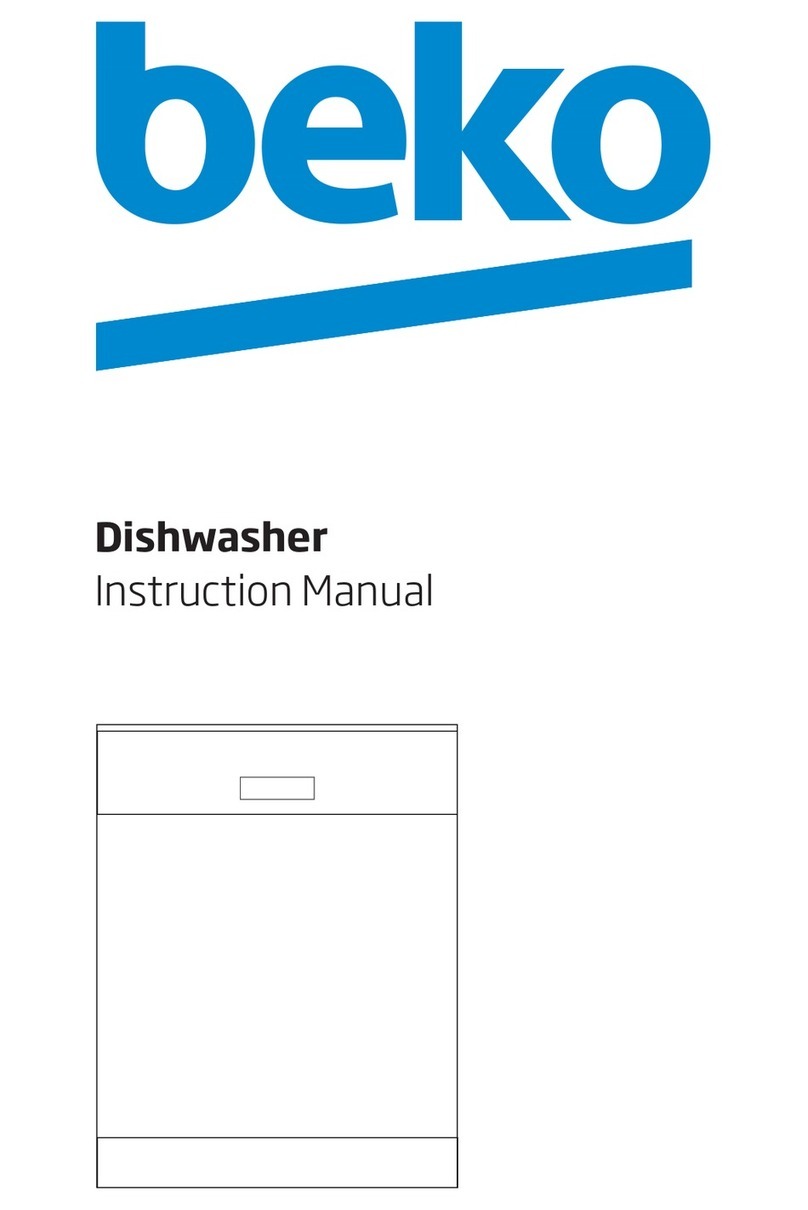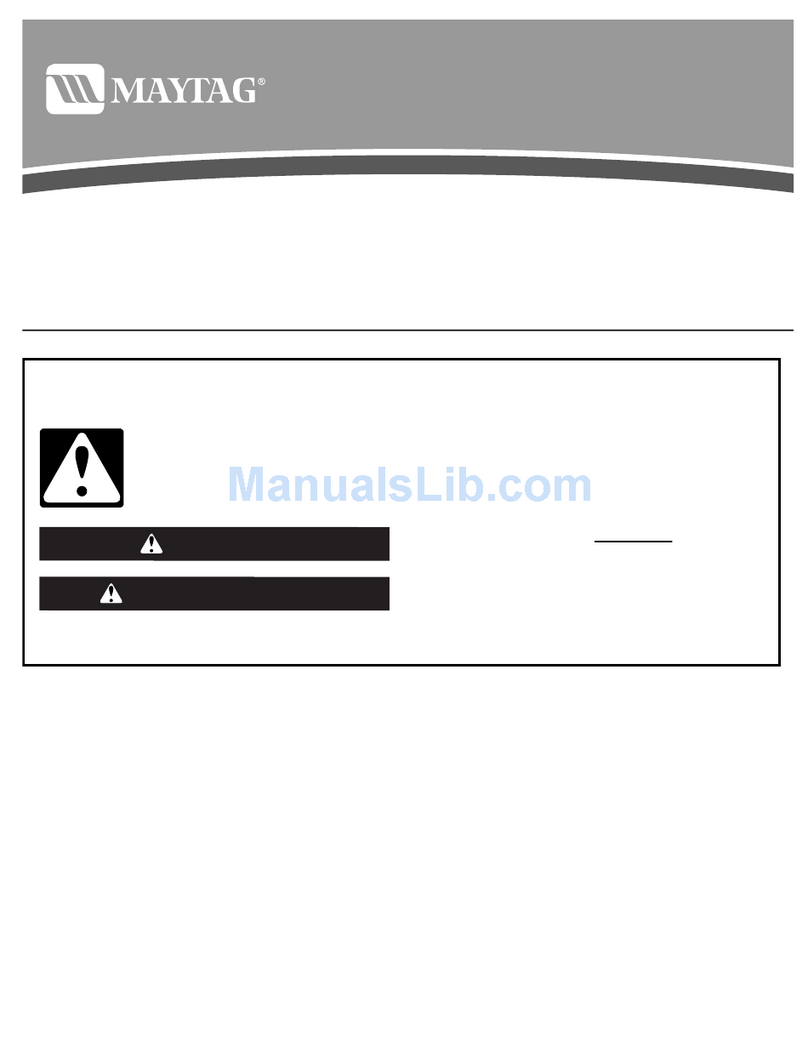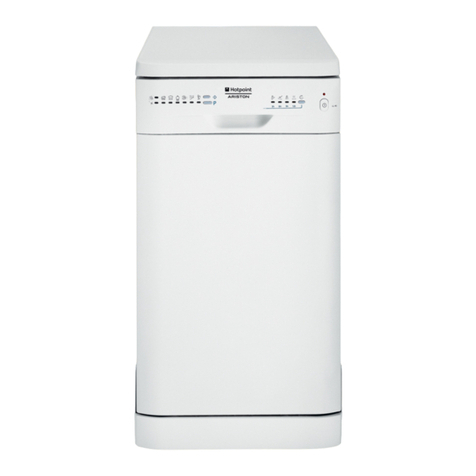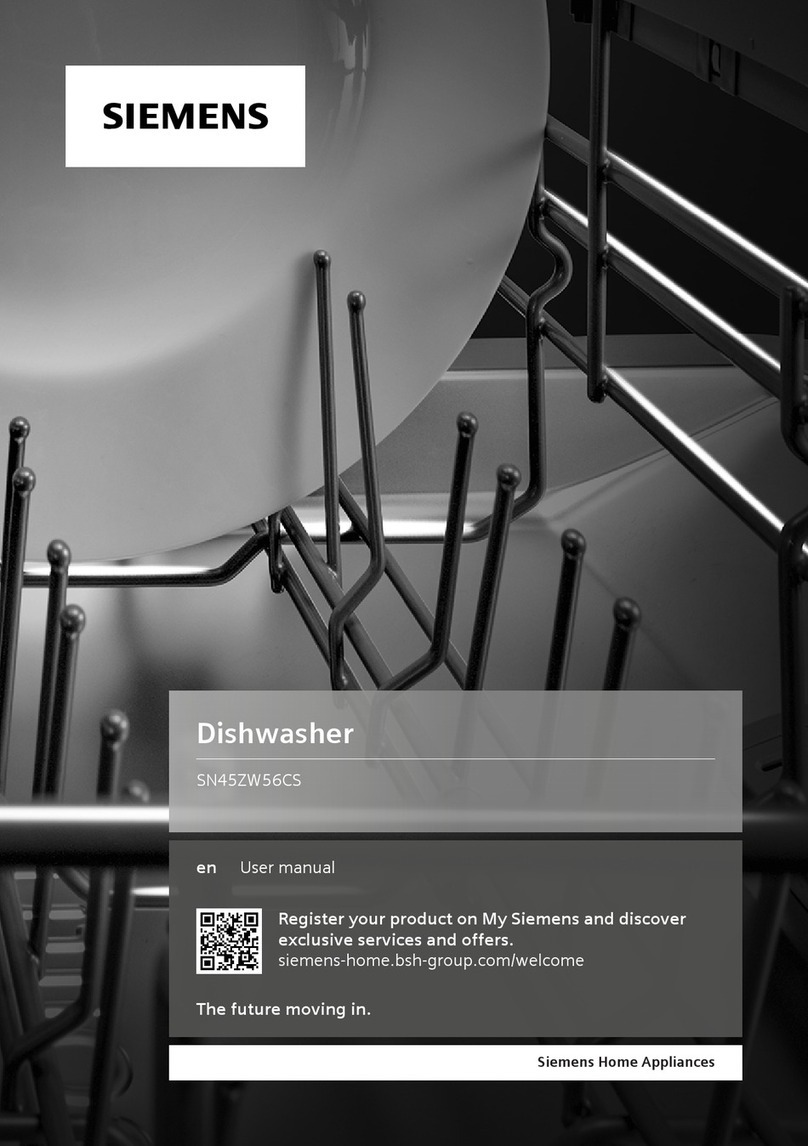CONTENTS
Rev. 0.0 1
Contents
1 INTRODUCTION.....................................................................................................................3
2 DESCRIPTION OF THE CONTROLS..................................................................................5
2.1 Upper panel ................................................................................................................5
2.2 Setting the washing program and switching on and o............................6
2.2.1 Switching on...............................................................................................................9
2.2.2 Selecting and starting the program................................................................ 10
2.2.3 End of program....................................................................................................... 10
2.2.4 Interrupting a program........................................................................................ 10
2.2.5 Changing the current program......................................................................... 10
2.2.6 Canceling the current program ........................................................................ 11
2.2.7 Options ...................................................................................................................... 11
2.2.8 Switching o............................................................................................................ 12
2.2.9 Removing the dishes ............................................................................................ 12
3 ENERGY SAVING AND ENVIRONMENTAL RESPECT ............................................. 13
4 TROUBLESHOOTING ........................................................................................................ 14
5 OPERATING INSTRUCTIONS.......................................................................................... 16
5.1 Using the rinse-aid and detergent dispenser.............................................. 16
5.1.1 Adding the rinse-aid ............................................................................................. 17
5.1.2 Adjusting the rinse-aid dispenser setting..................................................... 17
5.1.3 Adding the detergent........................................................................................... 18
5.2 General warnings and recommendations .................................................... 20
5.3 Using the racks........................................................................................................ 22
5.3.1 Lower rack................................................................................................................. 23
5.3.2 Cutlery basket.......................................................................................................... 25
5.3.3 Upper rack ................................................................................................................ 26
6 CLEANING AND USER MAINTENANCE...................................................................... 29
6.1 General warnings and recommendations .................................................... 29
6.2 Cleaning the water intake lter......................................................................... 30
6.3 Cleaning the spray arms...................................................................................... 30
6.4 Cleaning the lter unit ......................................................................................... 32
6.5 General warnings and recommendations for correct maintenance ... 33
6.6 Troubleshooting minor problems.................................................................... 34
7 IMPORTANT SAFETY AND INSTRUCTIONS ............................................................. 36
8 INSTALLATION AND HOOK-UP..................................................................................... 42
9 TECHNICAL DATA............................................................................................................... 44
